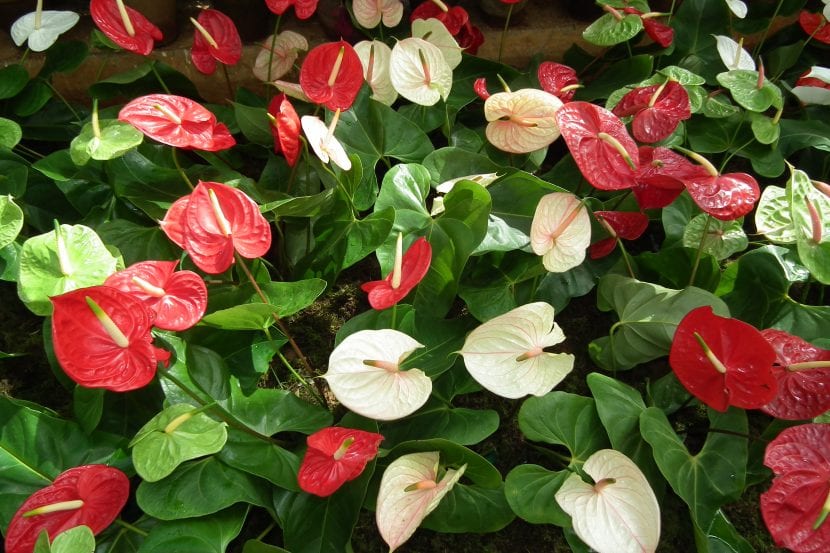
Has it ever happened to you that you have seen a new plant in a nursery, have you bought it and when winter arrives it has died? To me, many. Maybe too many. Surely the origin of these beauties is tropical and, of course, as the temperature of the home is lower than that of the nursery, and let alone the jungles, it is normal that that pot simply has not been able to withstand the change.
But why are they so difficult to care for? If you want to make your tropical plants last more than a few months, write down these tips.
What are tropical plants?

Tropical plants are those that live in the hot and humid regions of the world, that is, They are plants that live in a habitat where not only it is not cold but also the temperature is always quite stable, between 15 and 30ºC.. In addition, the precipitations are very frequent; in fact, it usually rains daily or almost every day. With these conditions, plants can grow practically all year round, as their roots develop in a soil that is continually fertilized, as organic matter decomposes.
These places, as we can intuit, they are very different from our homes. In homes, the minimum temperature is usually 10ºC if it is in a temperate region, five degrees lower than in its habitats. On paper it may not be much, but the reality is very different. A single degree centigrade can be the difference between life and death, which is why it is so important to inform us about the hardiness of plants before buying them.
If we talk about the humidity inside the houses, unless we live on an island or near the coast it is also low. A) Yes, a dry and cold environment, where the heating is turned on in winter and the fan in summer, endangers the survival of the vast majority of tropical plants, not to mention all of them. But, and then how do you take care of them?
Tips and tricks for taking care of your indoor plants
First of all, it is necessary that you know that indoor plants do not exist, since there is no plant being that lives naturally inside the houses because these houses are "artificial" places built by the human being and not by nature itself . Even so, indoor plants are known as those that, due to their origin, are not able to withstand the cold.
Knowing this, the tips and tricks that we are going to give you are the following:
Get beginner-friendly plants
All the beginner-friendly houseplants they are somewhat more resistant than the others. With a minimum of care, you can ensure that your home is perfectly decorated. Some of them are:
Calathea
All the calatheas are plants that in their places of origin reach a height of about 40-50cm depending on the species. Its main attraction is its leaves, which have wonderful patterns and colors. They are very easy to maintain, since only They need protection from the sun and drafts, two or three weekly irrigations with lime-free water and a regular supply of liquid organic fertilizer like guano in spring and summer following the indications specified on the packaging.
Living room palm tree
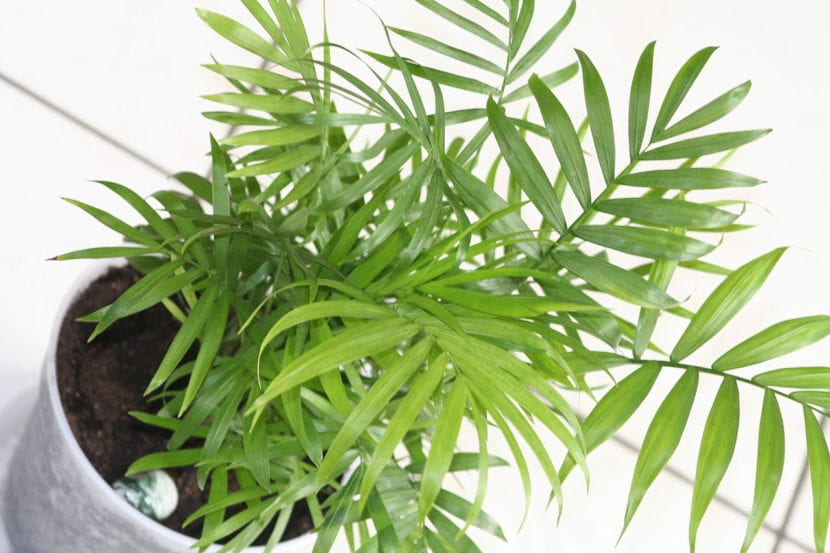
If you dream of having one Palm tree in your home, you cannot leave the Living room palm tree. Known by the scientific name Chamaedorea elegans, It reaches a height of about 3-4 meters but in pot it does not usually exceed 2m. It is a single species, that is to say, with a single trunk, but in the same pot they plant many seedlings to make the whole look more beautiful. It is not a problem, but you do have to bear in mind that as time goes by the weakest will die, leaving the strongest.
Water it (s) twice a week, and fertilize it (s) with a palm tree fertilizer in spring and summer following the recommendations indicated on the package. Transplant it (s) once every two years to a larger pot when the temperature rises above 10ºC.
Homies
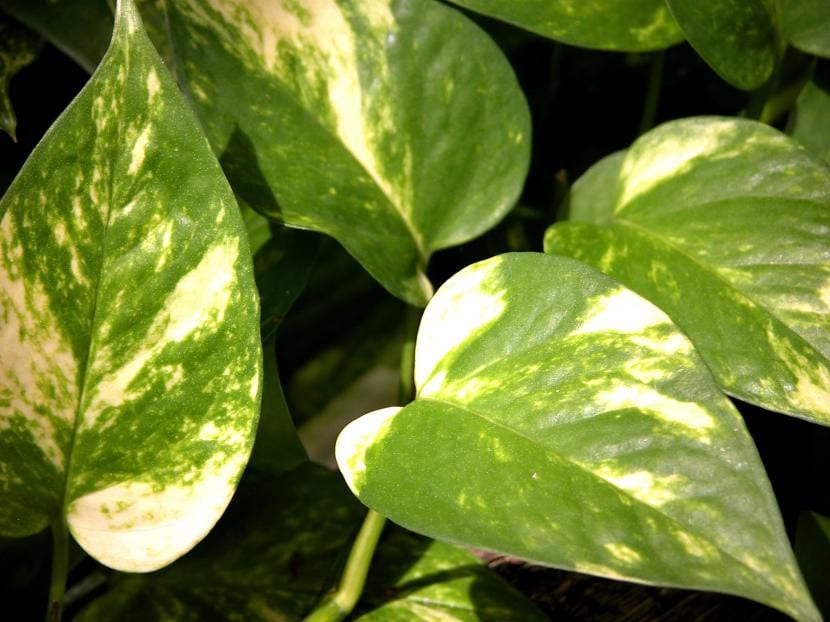
Surely you have seen it in countless houses, flats, and even in a health center. This climber, whose scientific name is aureum, is perfect for those who have no experience with tropical plants. Its variegated heart-shaped leaves look great in any corner, but You need a bright room (take care not to get direct sunlight) without drafts, and two weekly waterings.
Use rainwater or lime-free water for watering
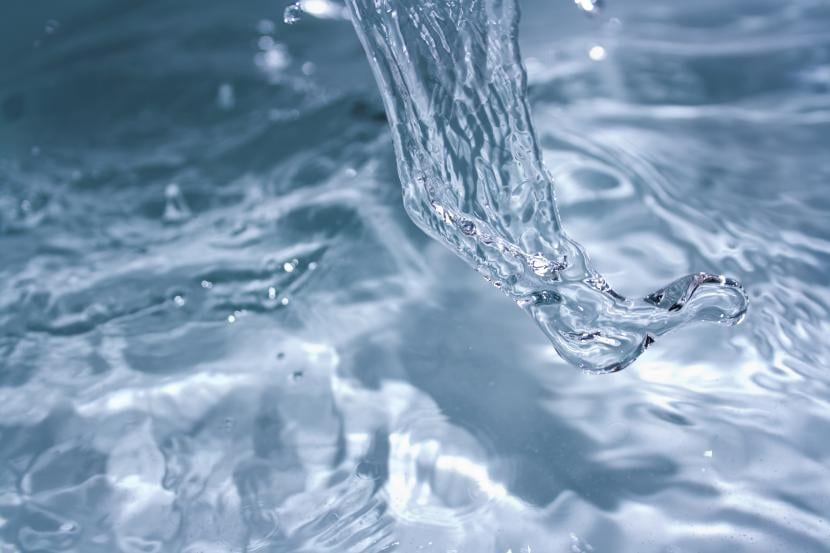
To take care of tropical plants it is highly advisable to use rainwater to water them. In the event that we cannot get it, we can fill a bucket with tap water and let it sit overnight. so that heavy metals end up in the lower half of said container. The next day, we just have to fill a watering can and get ready to water.
By the way, Do you know what is the frequency of irrigation you should follow? Once or twice a week. But when in doubt, check the humidity of the substrate, inserting a thin wooden stick. When extracting it, if you see that it comes out with a lot of adhering soil, do not water. Do not forget to remove the water from the dish ten minutes after you have watered.
Fertilize your plants
As important as water is compost. East it will help them to grow and develop well, but also to become stronger, something that will come in handy for the winter. In the nurseries we will find fertilizers for all types of plants: indoor, green, with flower, etc., but you can use guano in liquid form, or even from algae from time to time (do not abuse, it is very alkaline and can cause problems by blocking some important nutrients, such as iron or manganese).
Change them pot
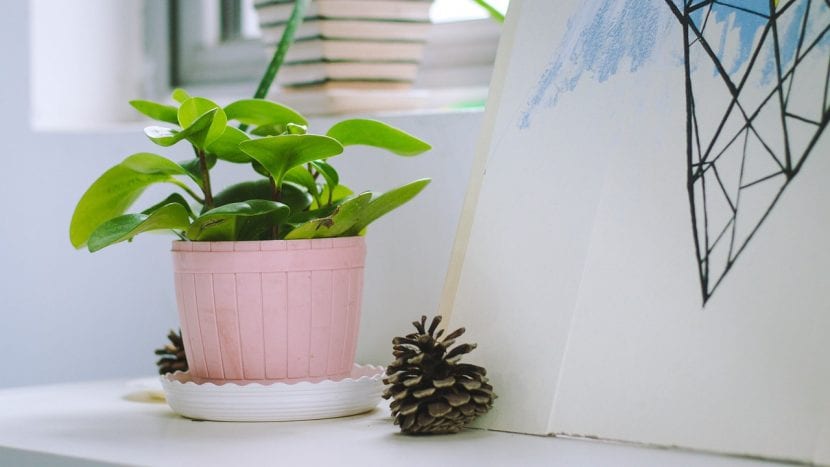
So they can continue to grow they will need a pot about 2-4cm larger (depending on what type of plant it is) every 2-3 years. The transplant we have to do in spring, and fill the pot with suitable substrates. To improve drainage, it is advisable to put a first layer of volcanic clay or clay, so we will ensure that the roots will not remain in contact with the water for long.
Protect them from drafts
Drafts, both cold and warm, often cause a lot of problems for plants. Dry tips, growth arrest, leaves that break ... To avoid this, As soon as you take them home, you have to find a bright place for them and place them as far as possible from windows, fans, air conditioning motor and, also, from the corridors.
Put them a humidifier
The humidity in the houses is usually low, so to avoid unpleasant surprises, we advise putting a humidifier nearby, or else glasses with water around them so that their leaves continue to look just as beautiful.

Do you already know how to care for tropical plants? If you still have questions, leave them in the comments 😉.
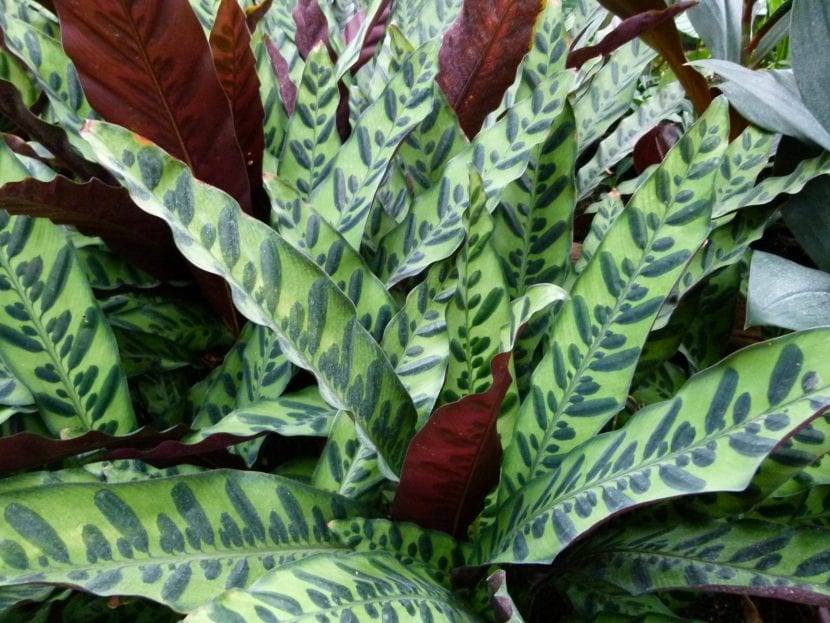
Thank you, at home I have experience with the care of my mother's plants but I would like to have one and since I live in a tropical country I imagine that it will not be so difficult to take care of a plant.
Probably not. Thanks for your comment, Gabriel. 🙂
Greetings.